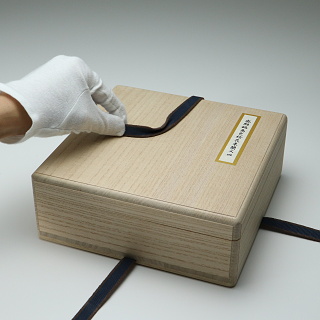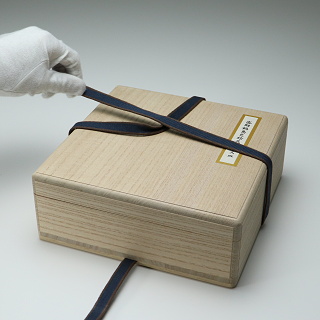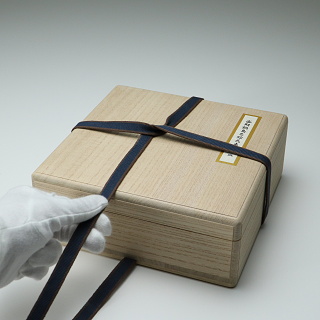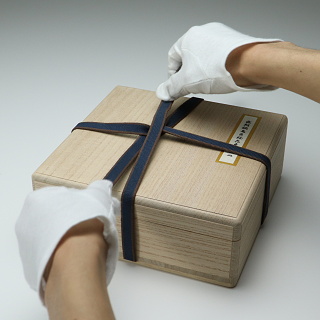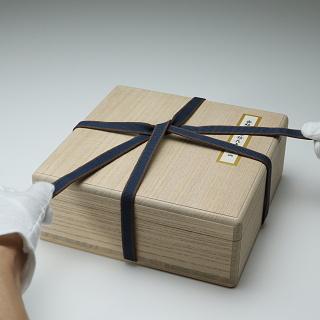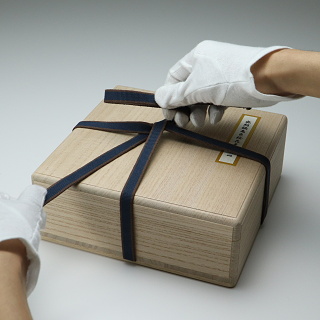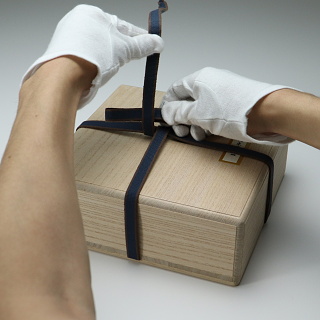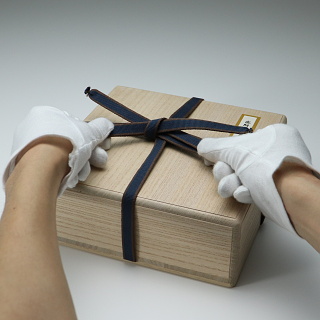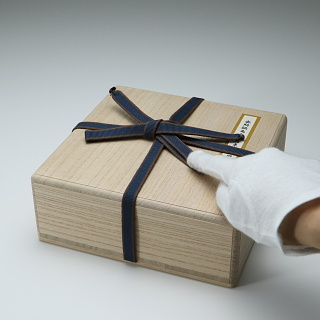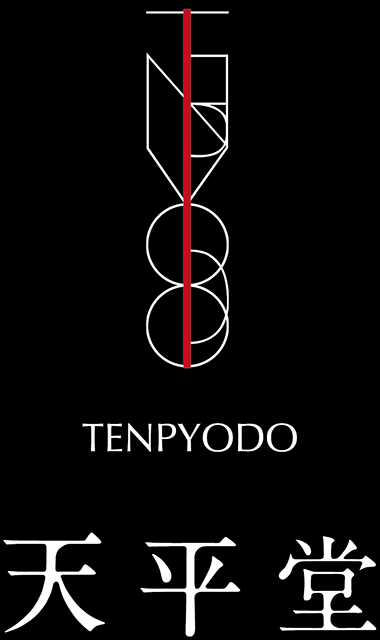Wooden Box
桐箱
About The Paulownia Box
In ancient Japan it was customary to plant a paulownia tree whenever a girl was born, and to use wood from that tree to make a Chest of drawers as a bridal gift for that girl to wish them a happy marriage. Paulownia wood has excellent moisture control and fire resistant properties and is naturally insect repellent, making it a popular choice as a material to make storage boxes for art or chests of drawers even to this day. Not all paulownia woods are equal, the quality will differ depending on where it is from. For example, Japanese, American and Chinese paulownias all have different properties. The growth rings in paulownias grown in warmer climates will be wider and thicker, whereas those grown in colder climates will be denser and finer as a result of their slower growth. There are many kinds of boxes, such as the kumi box, the inro box, the niho yama, the shiho yama, the mori lid and more. There are many kinds of boxes, such as the kumi-box, the inro box, the niho-san, the yoho-san, the mori-lid and more.
Inro Box(Medicine Box)
This is the highest quality wooden box(happo inro box)that we offer. The name comes from the fact that its shape resembles an inro(a traditional japanese medicine case), which features a stepped top with a lid.
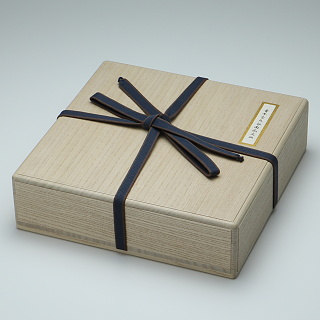
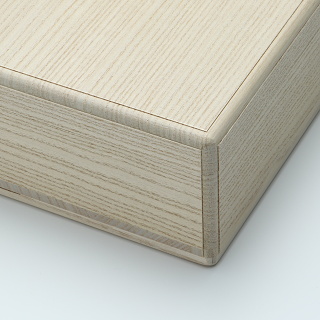
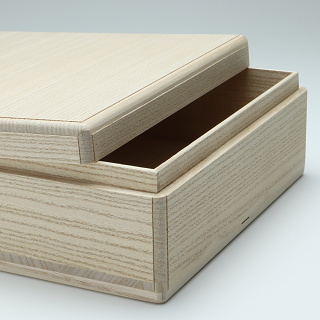
Harikomi Box
After this wooden box is made, the interior is finished by a specialized upholsterer. It gives the box a neat appearance and makes it easier to place your work inside it, while also reducing the risk of damage. We will also consult with you about creating the harikomi box for the work you have purchased from our shop.
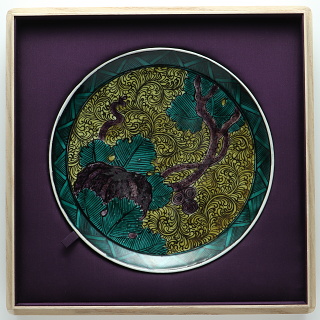
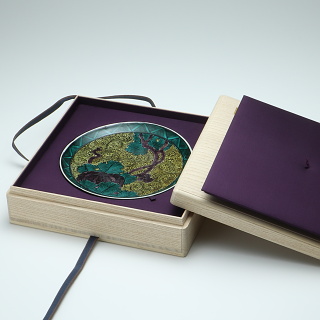
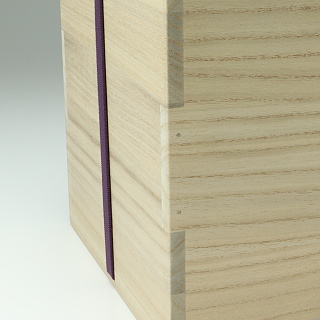
Kumi Box
The main body of the box is made of pieces of paulownia wood that fit neatly together.
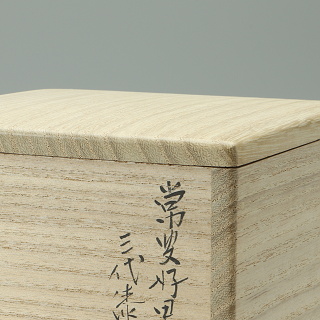
Mori Lid
The top of the lid is rounded and raised up.
Four Sides Lip
This is a kind of lid with a lip attached on all four sides of the back of the lid.
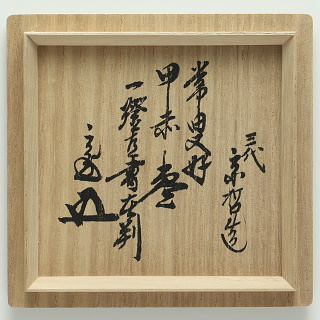
Two Sides Lip
This kind of lid has a lip on two sides of the back of the lid.
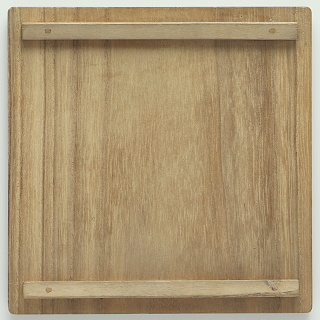
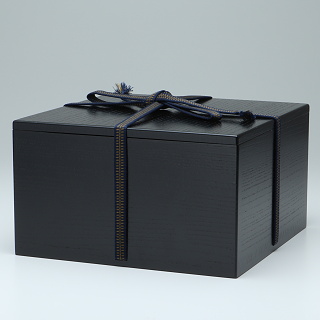
Nuri Box
A kind of box mainly used to protect other boxes such as those used in the tea ceremony or those featuring the artist’s signature.
How we Handle our Works
It has long been a part of japanese culture to store precious things in boxes, such as the moto box, which is a vital works in the tea ceremony, and the tomo box, which has become an essential part of modern crafts. Antique ornamental ceramics are unlike tea ceremony utensils in that they do not tend to come with a old box, and are often sold on their own. As Rosanjin Kitaoji once said, “the tableware is the kimono of the meal,” so if we receive a work that does not come with a box, we will make one especially for it as a way to honor it.(The price of the new box will be included in the total price)
Our Partner:Masuda Kiribako
A long-established store selling wooden boxes located in Koga city in Fukuoka prefecture. When we need new boxes for works in our store this is the store we use.
http://www.kiribako.jp/special-jp.html(The External Link)
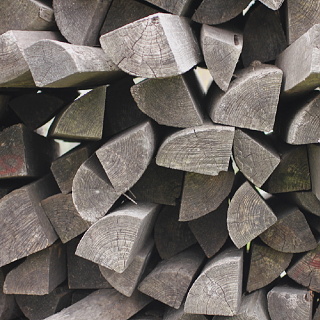
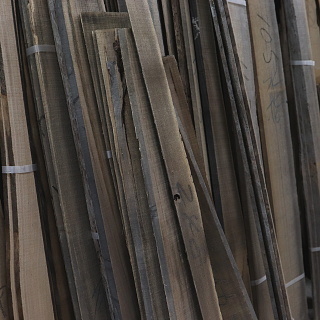
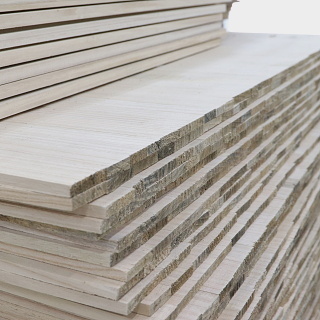
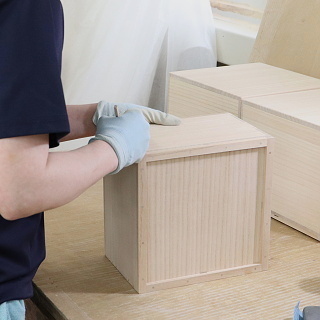
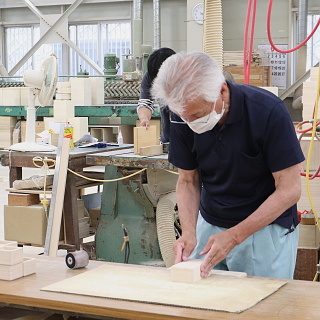
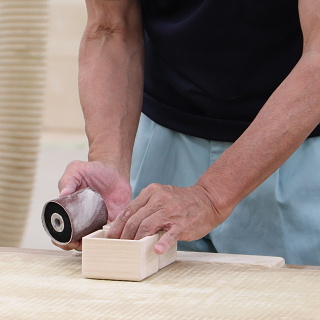
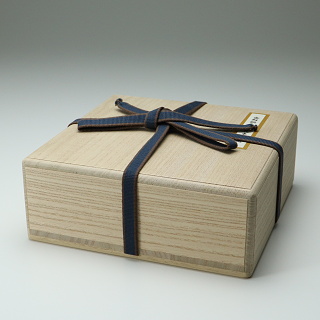
How to Tie The Sanada Cord That Comes with Your Wooden Box
Sanada cords are a popular way to tie up boxes used to store tea ceremony utensils, and the popular belief is that they were created by Masayuki Sanada, a warlord who lost inn the Battle of Sekigahara and so was placed under house arrest, but there is evidence to suggest they are much older than that. See below for the instructions on how to tie the Sanada cord knot known as the “Yoho hidari gake.”
